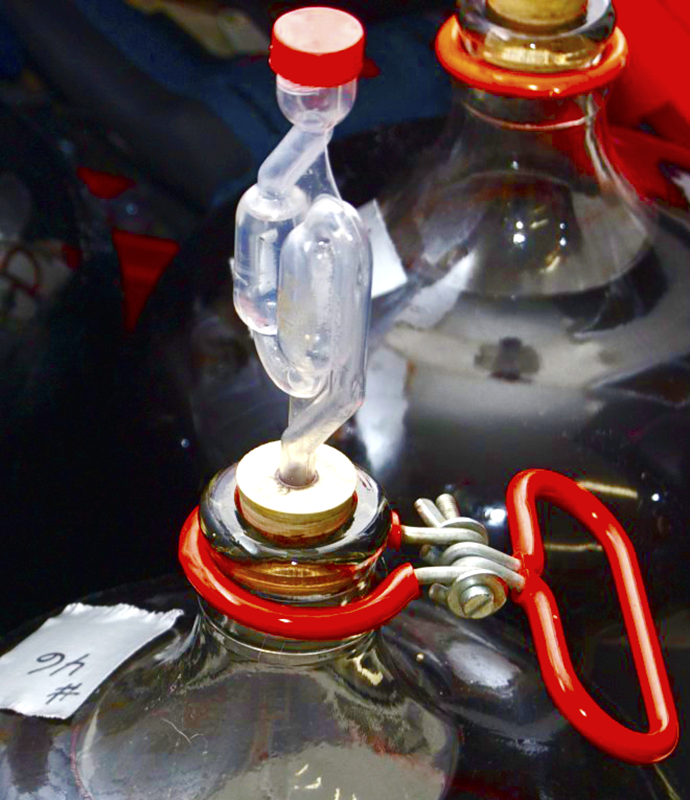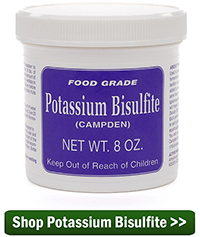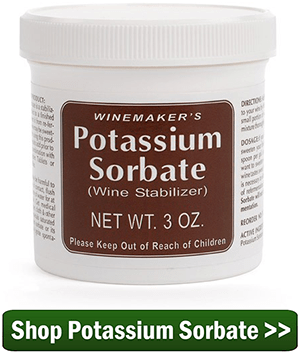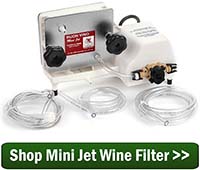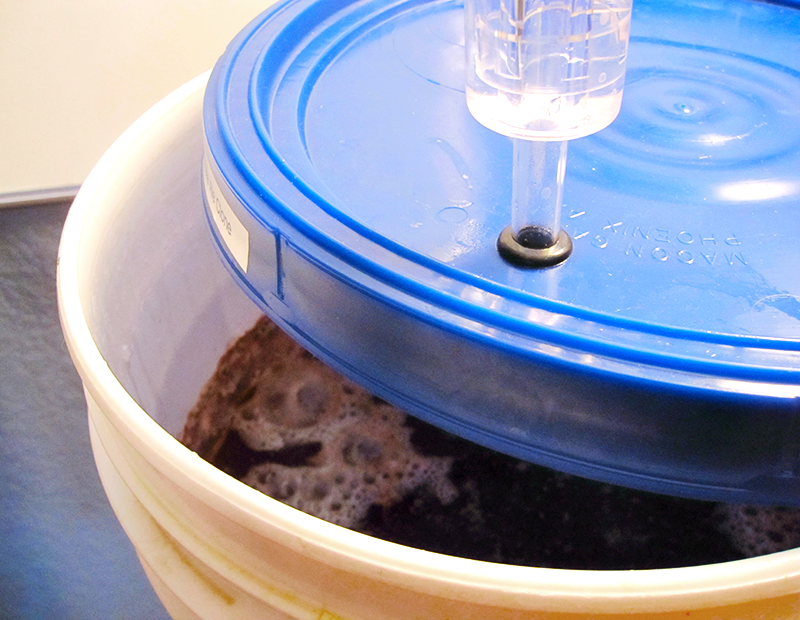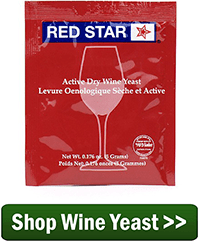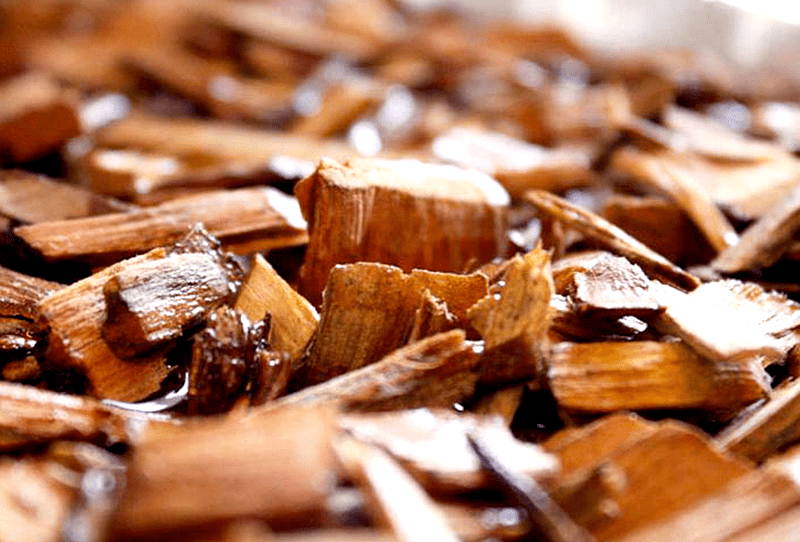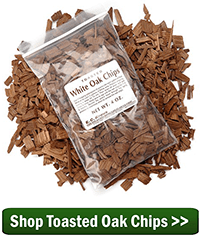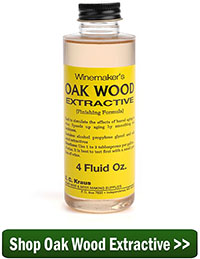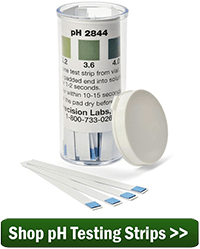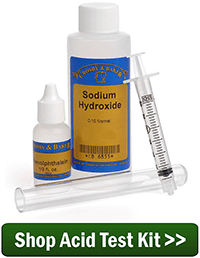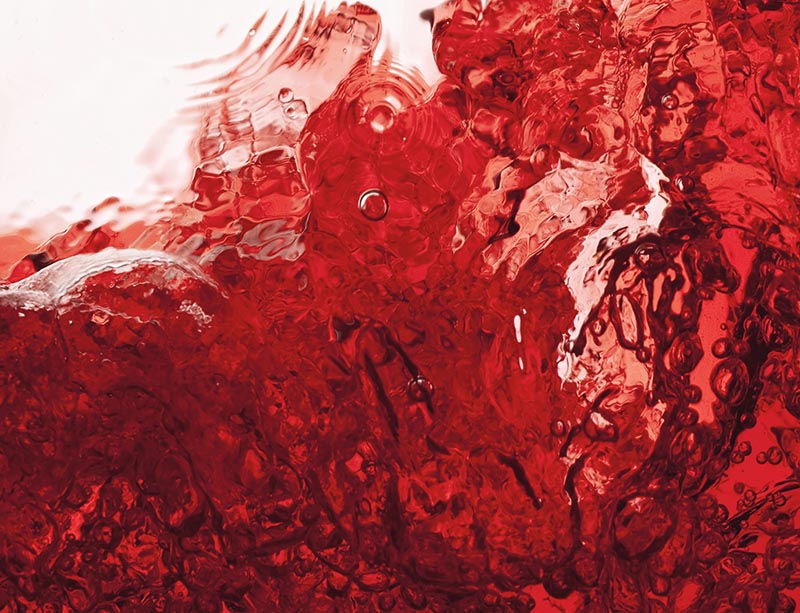 I inadvertently put too much sulfite in my wine must. Packaged advised 1/4 teaspoon PER 6 GALLONS OF MUST. I misread and added 1/4 teaspoon per gallon of must (6). My wine yeast did not ferment. All else was as it should be (SG, temp, and acid level). Is there anything I can do besides chalk it up to a learning experience and dumping it down the drain. It’s been a week and do not want it un-fermenting much longer. Please respond at your earliest convenience.
I inadvertently put too much sulfite in my wine must. Packaged advised 1/4 teaspoon PER 6 GALLONS OF MUST. I misread and added 1/4 teaspoon per gallon of must (6). My wine yeast did not ferment. All else was as it should be (SG, temp, and acid level). Is there anything I can do besides chalk it up to a learning experience and dumping it down the drain. It’s been a week and do not want it un-fermenting much longer. Please respond at your earliest convenience.
Name: Mary S.
State: Wisconsin
—–
Hello Mary,
This happens more often than you might think. Many times we’ve had winemakers contacting us telling us they think they’ve ruined their wine because they put too much sulfite in it, and many times we’ve helped them to get their wine, and its fermentation, back on track. So, don’t think that your wine is a loss. There is hope.
The trick is to give the sulfite an opportunity to leave. Fortunately for you, the sulfites want to leave. You just need to let it. What I mean by this is the free sulfite that is in the wine wants to dissipate into the air and go away. You just need to give it an opportunity to do so. The easiest way of doing this is to splash the wine. And, I mean seriously splash the wine. Splashing is the friend of any wine that has too much sulfite.
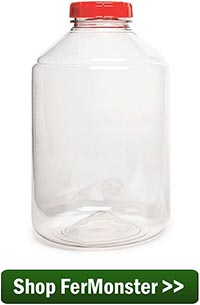 We always recommend siphoning the wine from one fermenter to the next and then back again. When the juice comes out of the siphon hose, allow it to splash against something. Let it to cascade down the sidewall of the vessel, or let a sanitized object float in the fermenter as the fermenter is being filled, and splash the wine against that.
We always recommend siphoning the wine from one fermenter to the next and then back again. When the juice comes out of the siphon hose, allow it to splash against something. Let it to cascade down the sidewall of the vessel, or let a sanitized object float in the fermenter as the fermenter is being filled, and splash the wine against that.
Once you have done this, add another packet of wine yeast and wait 24 hours. If the fermentation starts up, then great. The wine is saved. But, if the fermentation does not show any signs of life after 24 hours, you will need to repeat the splashing process, and then add another packet of wine yeast, and wait 24 hours, again. You can keep repeating this process until you’ve over come the abundance of sulfite in the wine.
You can keep adding packs of wine yeast as necessary. This will not affect the resulting wine in any way.
You may be wondering if the wine will start oxidizing from all the splashing. The answer is, no. Sulfite acts as an antioxidant. All of the gas releasing from the wine during the splashing will protect the wine from any oxidative processes.
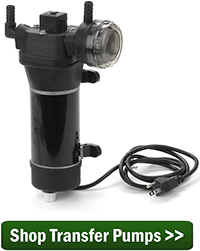 Please realize that whenever you have too much sulfite in wine, it’s just a matter of getting the free SO2 gas to release and go away. It’s nothing more than that. There have been some situations where the dosage was so high that it has reached a point of no return for the wine, but based on your situation as you described it above, I don’t think there is any way you will lose this wine if you do the siphoning and splashing a prescribed.
Please realize that whenever you have too much sulfite in wine, it’s just a matter of getting the free SO2 gas to release and go away. It’s nothing more than that. There have been some situations where the dosage was so high that it has reached a point of no return for the wine, but based on your situation as you described it above, I don’t think there is any way you will lose this wine if you do the siphoning and splashing a prescribed.
Happy Wine Making,
Ed Kraus
—–
Ed Kraus is a 3rd generation home brewer/winemaker and has been an owner of E. C. Kraus since 1999. He has been helping individuals make better wine and beer for over 25 years.


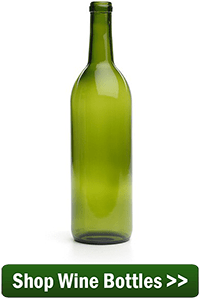
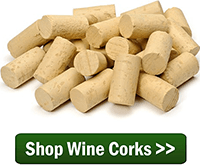
 It’s hard to believe that
It’s hard to believe that 